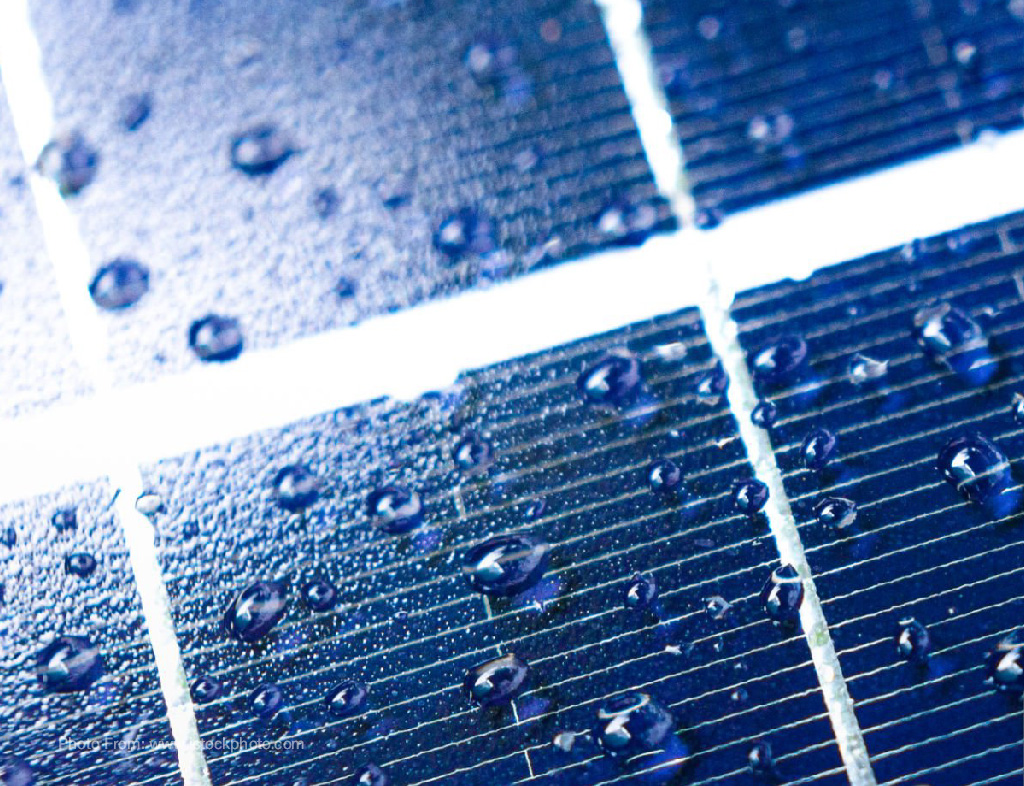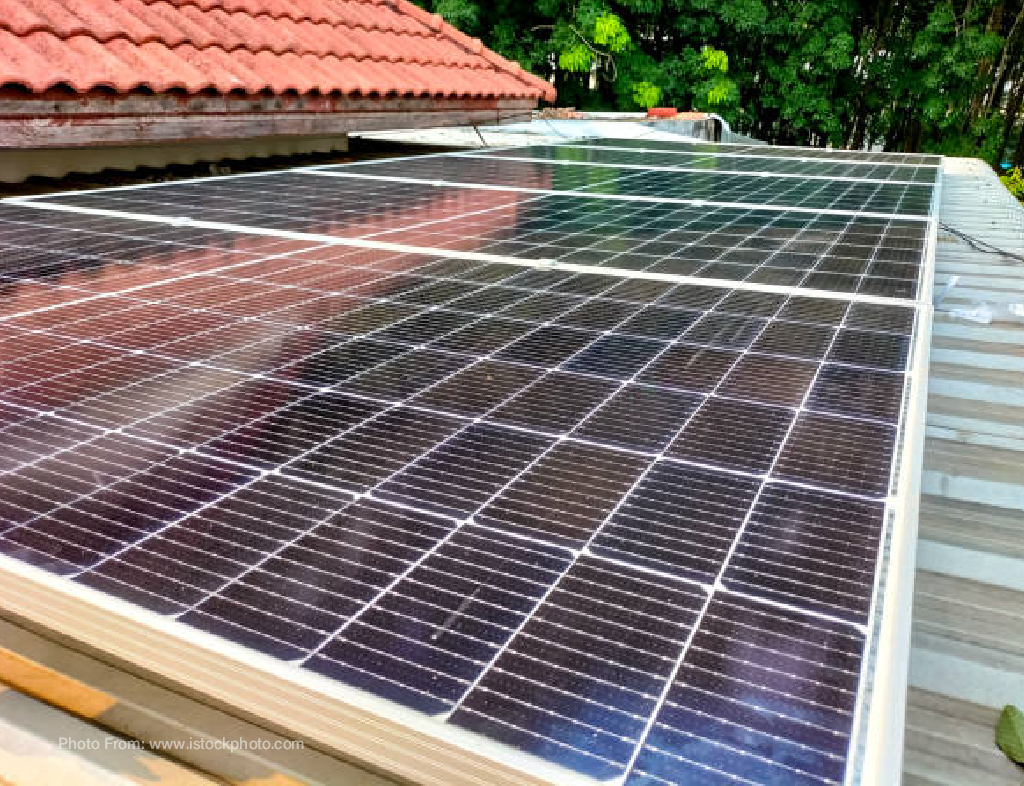WATER SPOTS CAN LOWER YOUR WATTAGE - HERE'S WHY!
18th Sep 2024
Solar panels are a fantastic way to harness the power of the sun and convert it into usable electricity for your home or business. However, maintaining optimal efficiency requires regular upkeep and attention to detail. One common issue that can significantly impact the performance of your solar panels is the presence of water spots. Understanding why water spots form and how they affect your system can help you take the necessary steps to maintain peak efficiency.

How Water Spots Form
Water spots on solar panels are typically caused by the evaporation of water, leaving behind mineral deposits, dirt, and other contaminants. These spots can form from:
- Rain: Rainwater often contains dissolved minerals and pollutants that, when dried, leave behind spots.
- Sprinklers: Water from sprinklers is often hard water, rich in minerals such as calcium and magnesium.
- Cleaning: Using tap water to clean your panels can also result in water spots if the water isn’t completely wiped off or if it contains high mineral content.
Impact on Solar Panel Efficiency
Water spots can have a surprisingly significant impact on the efficiency of your solar panels. Here’s how:
Reduced Light Absorption
Solar panels need to absorb as much sunlight as possible to convert it into electricity. Water spots create a barrier on the surface of the panels, blocking sunlight and reducing the amount of light that reaches the photovoltaic cells. This can lead to a decrease in overall energy production.
Shadowing Effect
Even small water spots can create a shadowing effect, where parts of the panel are shaded, causing a disproportionate drop in power output. This is because solar panels are made up of many individual cells, and if one cell's performance is reduced, it can affect the entire panel's output.
Long-Term Damage
Mineral deposits left by water spots can etch into the surface of the panels over time, leading to permanent damage. This not only decreases the efficiency but can also reduce the lifespan of your solar panels, leading to more frequent replacements and higher costs in the long run.
Preventing and Removing Water Spots
To maintain the efficiency of your solar panels, it's essential to prevent water spots from forming and to remove them if they do appear. Here are some tips:
Prevention
1. Use Filtered Water: When cleaning your panels, try to use distilled or deionized water to prevent mineral deposits.
2. Soft Cloth: Wipe the panels dry with a soft, clean cloth after cleaning to remove any remaining water droplets.
Cleaning
1. Regular Maintenance: Schedule regular cleanings to ensure that dirt and mineral deposits do not accumulate over time.
2. Vinegar Solution: For stubborn water spots, a solution of vinegar and water can help dissolve mineral deposits. Apply the solution, let it sit for a few minutes, and then rinse with distilled water and wipe dry.
3. Professional Cleaning: If your panels are difficult to access or heavily soiled, consider hiring a professional cleaning service to ensure thorough and safe cleaning.

Water spots may seem like a minor issue, but they can have a substantial impact on the performance and efficiency of your solar panels. By understanding how they form and taking proactive measures to prevent and remove them, you can ensure that your solar panels operate at their maximum potential, providing you with clean, efficient energy for years to come. Regular maintenance and care are key to protecting your investment and harnessing the full power of the sun.
